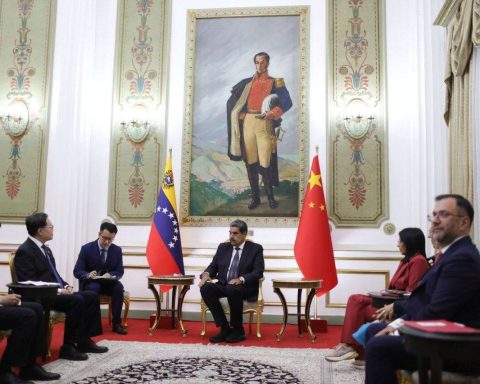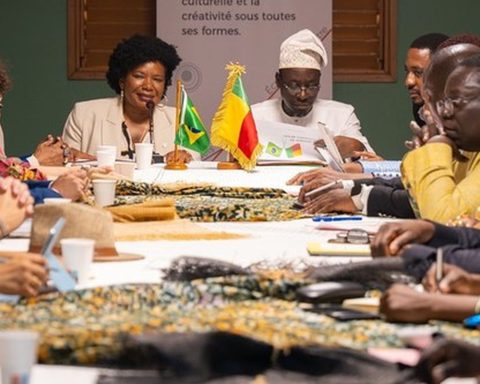Firm
agreement to assign pluris According to votes by party and not for coalitions: INE
Fabiola Martinez
The newspaper La Jornada
Sunday, August 4, 2024, p. 6
Next week, the National Electoral Institute (INE) advisors will analyze the draft agreement on the distribution of proportional representation spaces in the Congress of the Union, with a calculation based on parties, not coalitions, as requested by the opposition.
Sources from the body stated that unanimity is not expected at the General Council session on August 23, but a vote is expected. Possibly nine against two
.
The base document will be prepared by the Executive Directorate of Prerogatives and Political Parties, which after internal study will be submitted to the committee on the subject and, subsequently, to the other members of the General Council.
Although there are differences in form, the consulted councilors indicated that the document from last December (mechanism for the allocation of plurinominals) is firm
since even when resolving the appeal of the PAN and the PT, the higher court determined that the arguments of the blue and white are unfounded and ineffective.
That agreement was approved unanimously in general, and only Councilor Claudia Zavala voted against it in particular, in relation to the effective affiliation
based on the need to explore the issue of overrepresentation in greater depth, at a time when candidates and coalitions had not yet been registered.
In an interview, he said that the INE will define the plurinominal spaces of both chambers of Congress based on technical elements and on the rules established both in the Constitution and in the December agreement.
The work of the INE will be absolutely technical according to many criteria defined by the Electoral Tribunal of the Judicial Branch of the Federation (TEPJF); there are many things that are already firm, they are res judicata.
he indicated.
Her colleague Dania Ravel also told the press that The basic criteria for this task are the rules we established in December, when we said how we were going to do this issue of proportional representation allocation for the Congress of the Union, when we reestablished the issue of effective affiliation and when even, following more novel criteria from the higher chamber of the TEPJF, we established that if a gender adjustment was required, we were going to do it. We have to be guided by the principle of certainty, so the rules are already set and we will continue in that logic.
.
The counselor Uuc-kib Espadas, president of the Commission of Prerogatives, expressed a similar opinion, in the sense that work in accordance with constitutional and legal mandates
in particular on the effective affiliation agreement, which means that elected deputies will be counted according to the party to which they are actually affiliated, regardless of the nomination made for the election on June 2.
However, he acknowledged that the debate around overrepresentation is open, and Most of us have not made a decision, that is, we are taking into consideration the objections that have been made to the mechanism.
.
Meanwhile, in the ruling of the TEPJF last March based on the project of magistrate Reyes Rodríguez, it was resolved that the INE agreement did include verification tools. This higher court considers that the PAN’s grievances are, on the one hand, unfounded and, on the other, ineffective, since the institute did provide a mechanism to prevent the implementation of strategies that distort the system of representation, since it will verify the effective affiliation of the candidates nominated by the coalitions.















